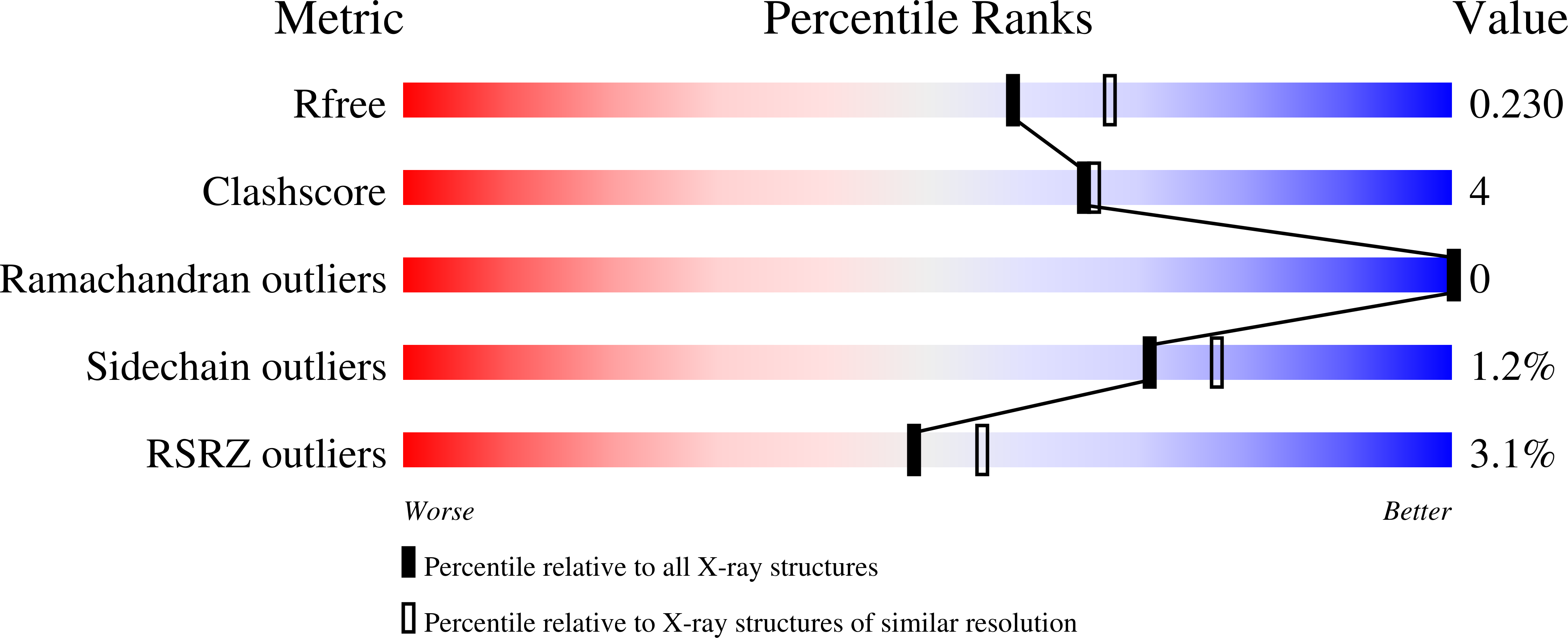
Deposition Date
2020-06-24
Release Date
2021-06-30
Last Version Date
2023-10-18
Entry Detail
PDB ID:
6XJO
Keywords:
Title:
Human atlastin-3 (residues 1-334) bound to GDP-Mg2+ exhibits an ordered amino terminus
Biological Source:
Source Organism:
Homo sapiens (Taxon ID: 9606)
Host Organism:
Method Details:
Experimental Method:
Resolution:
2.10 Å
R-Value Free:
0.23
R-Value Work:
0.17
R-Value Observed:
0.18
Space Group:
P 21 21 21


